- Home
- Administration
- Aeronautics
- Business with WYDOT
- Construction Projects
- Driver License and Records
- Economic Stimulus Projects (ARRA - TIGER)
- Engineering and Technical Programs
- Fuel Tax
- Highway Safety
- Human Resources
- Manuals and Publications
- News and Information
- Permits
- Planning/Projects/Research
- Titles, Plates and Registration
- Travel
- Trucking / Commercial Vehicles
- Vehicle Business Regulation
- Wyoming Highway Patrol
- Search
- Sitemap
Wildlife
Wildlife Connectivity
WYDOT plans to use a comprehensive combination of four specific elements: Fencing, underpasses, double cattle guards and jump outs to effectively reduce wildlife collisions and provide crossing opportunities for local animal species.
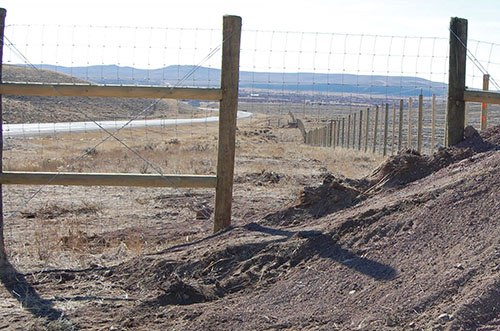 Fencing
Fencing
Highways and roadways affect wildlife populations by disconnecting their habitat, creating barriers to animal movement and making it more difficult to find food and water, establish territory, successfully migrate to seasonal refuges, and obtain other specific living requirements.
Wildlife fencing is an effective measure for reducing wildlife vehicle crashes with large animals. When used in combination with wildlife crossings, fencing can alleviate some fo the stress caused by highway barriers.
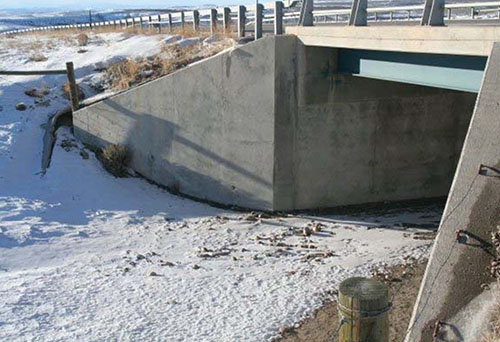
Underpasses
Crossing opportunities can:
Reduce the barrier effect of wildlife fencing, roads and traffic. Reduce intrusions of large mammals on the roadway as animals no longer need to breach or climb the fence in order to cross the road.
Fencing, in combination with underpasses and overpasses, can reduce collisions with large mammals an estimated 80-99 percent, with an average of 87 percent.
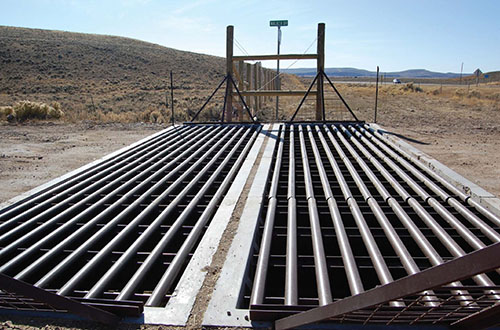
Double cattle guards
Opening or breaks in the wildlife fence can be problematic. Double cattle guards are used at approaches to prevent an animal from jumping a single cattle guard and entering the highway right-of-way.
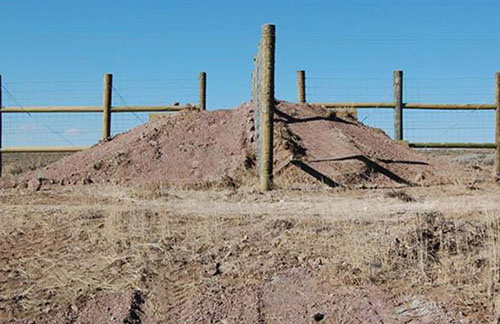
Jump outs
Earthen ramps or jump-outs allow medium and large mammals to safely exit right-of-ways on their own, without the aid of wardens or rangers. Animals that are caught between the fences typically follow the wildlife fence until they find an escape opportunity.

Wildlife Connectivity: It works
Using fences in conjunction with crossing structures is one fo the most effective methods to reduce wildlife vehicle collisions while maintaining wildlife habitat connectivity.
WYDOT has built similar wildlife connectivity projects in Wyoming.
US 30 Nugget Canton: Overall, the construction of seven underpasses and game-proof fencing reduced deer-vehicle collisions by 81 percent.
US 191 Trappers Point: It is estimated that approximately 2,000-3,000 pronghorn and 2,000-2,500 mule deer pass through the well-known Trapper’s Point migration corridor each spring and fall.
WYDOT us a three-time recipient of FHWA’s Exemplary Ecosystem Initiatives award. The Exemplary Ecosystem Initiatives (EEI) award is given our yearly to State Department of Transportation’s of Federal Lands Highway Division for outstanding commitments to environmental stewardship.
- 2011 EEI Award – Trappers Point – Wildlife under and over passes
- 2010 EEI Award – Nugget Canyon – Deer fence and wildlife underpass
- 2005 EEI Award – Moran Junction to Dubois – Wildlife Crossing Study
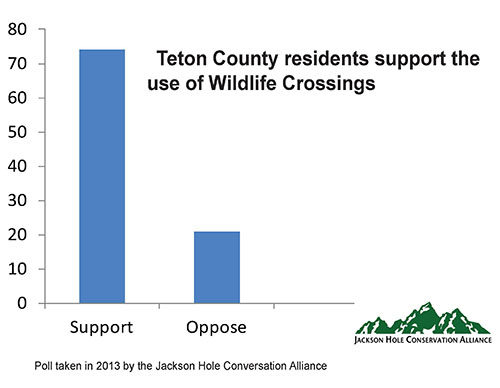 |
 |





